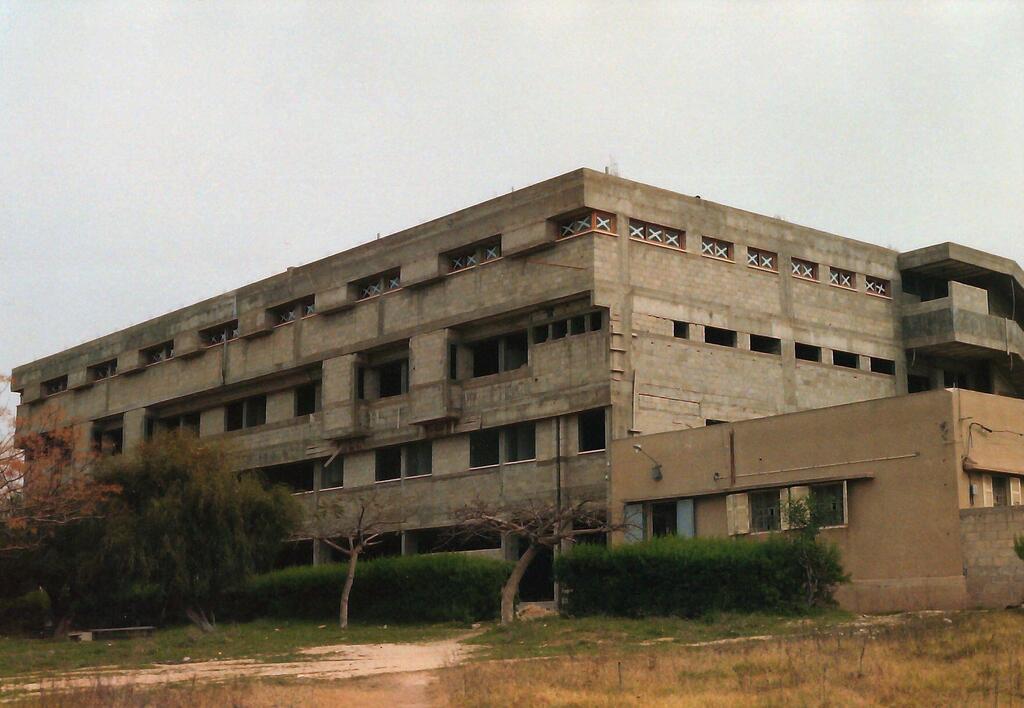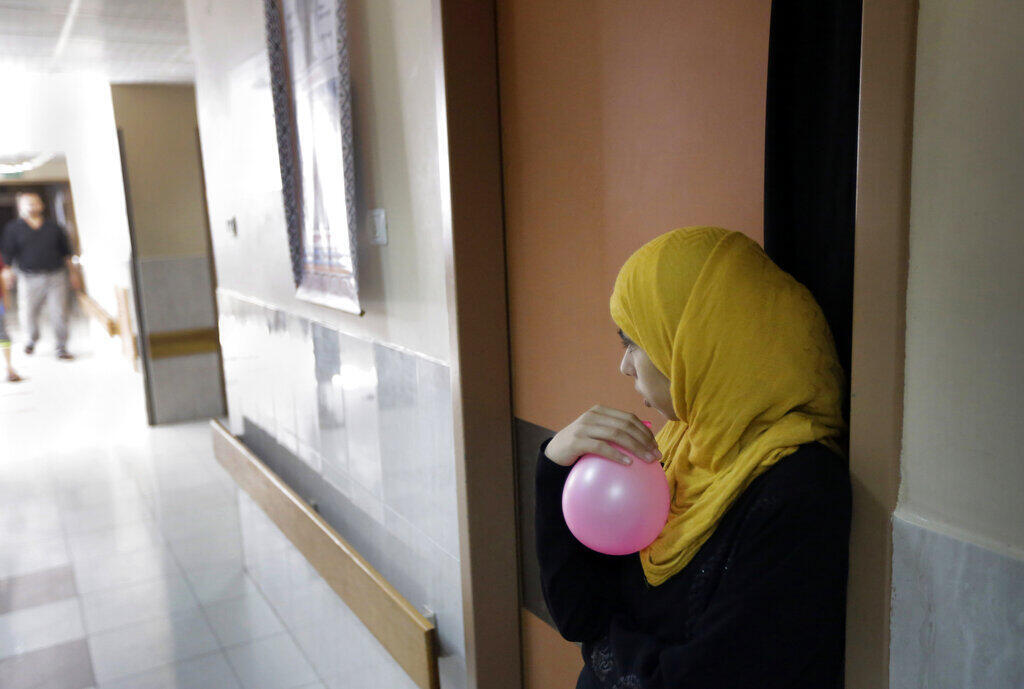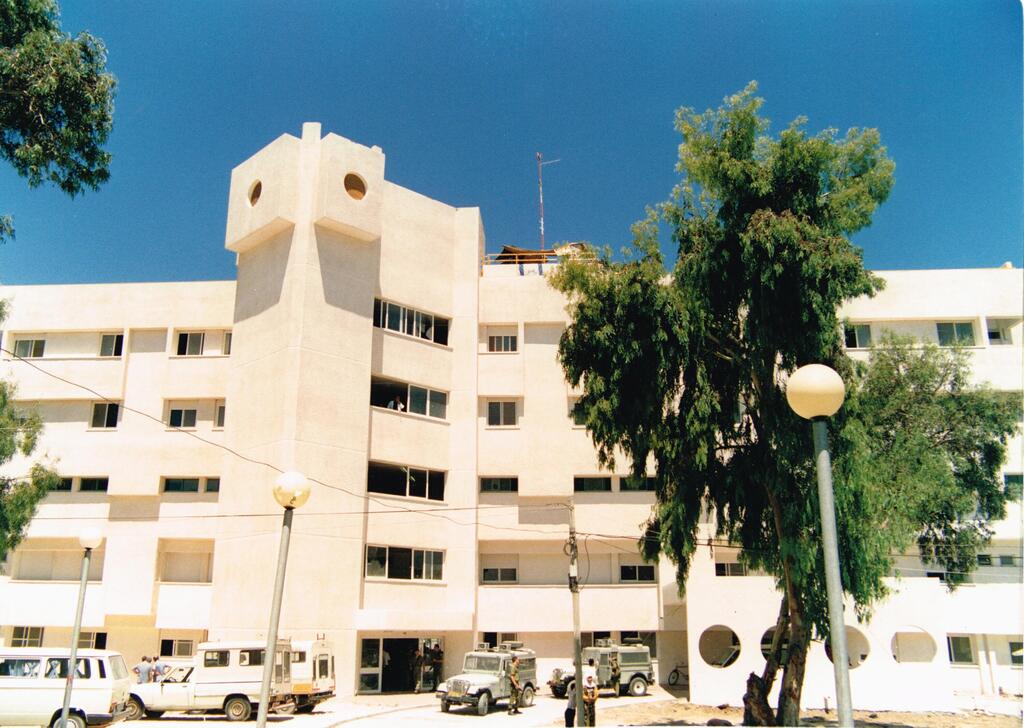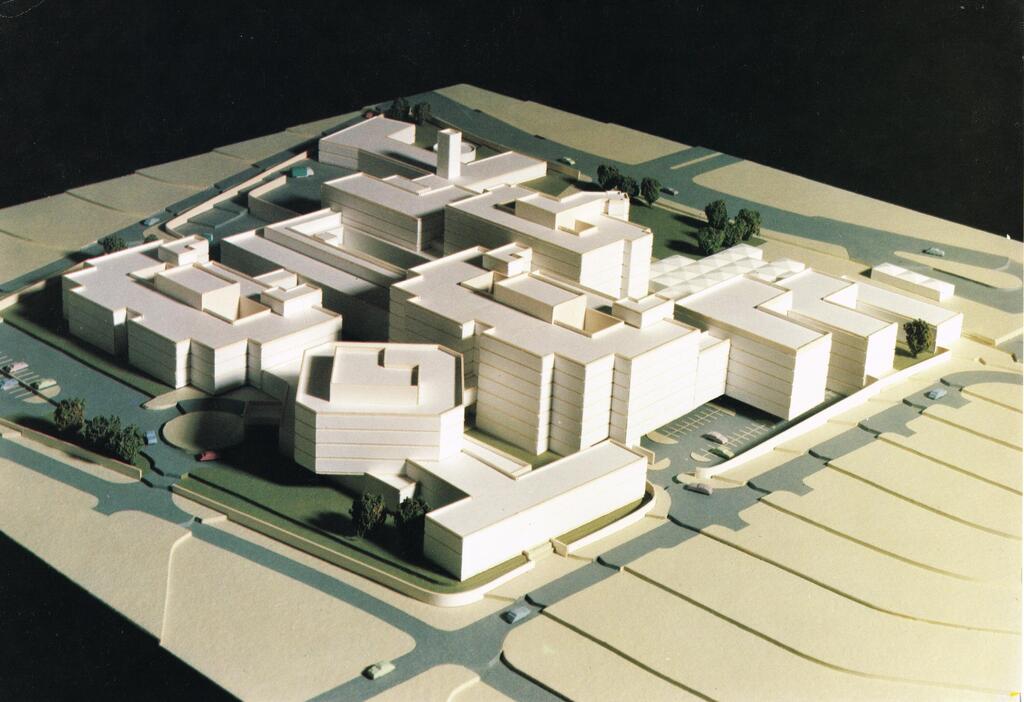IDF spokesperson RAdm. Daniel Hagari revealed to the foreign media that Hamas had positioned its principal headquarters beneath the Al Shifa Hospital complex in Gaza City.
Read more:
The Al Shifa Hospital complex, a central medical hub located in the city's west, was designed by Israeli architects led by Gershon Zippor and the late Benjamin Idelson. The complex now houses more than just medical facilities. Below ground lies a clandestine bunker network that serves as a sanctuary for top Hamas officials. It also features entry points to a labyrinth of terror tunnels, dubbed the Gaza Metro, which spans for miles below the Palestinian enclave.
Intelligence, including detailed architectural simulations, confirms longstanding allegations dating back to the 2009 Operation Cast Lead. At that time, the Shin Bet initially reported that Hamas terrorists were taking advantage of the hospital's premises as a strategic base and refuge, relying on the IDF's reluctance to target a humanitarian facility. The claim was that Hamas had seized control of the hospital's basement, using it as their headquarters.
These claims resurfaced during 2014's Operation Protective Edge when a Washington Post correspondent reported that Hamas had designated the buildings of Al Shifa Hospital as their primary command center. The reporter noted that Hamas members were seen moving freely around the hospital's hallways and offices.
Additional evidence emerged from the interrogation of a captured Hamas operative, who revealed that Ismail Haniyeh, alongside other senior Hamas officials, sought shelter in the basement of the hospital. This facility is one of approximately 20 hospitals scattered across the Gaza Strip.
A track record of strife
It's a little-known fact that the iconic structure, which has gained international recognition and drawn considerable attention, was designed by Israeli architects. The complex basement floors, a marvel of architectural sophistication, were the creation of Zippor in his Tel Aviv office during the 1980s. This was a project commissioned by the Department of Public Works, an entity that had been tasked with establishing government hospitals during the British Mandate.
Zippor was subsequently tasked with designing a modern, central triage building for the hospital. Additionally, he proposed a comprehensive future plan and clear vision for the "Shifa Campus" for 2000, looking ahead to a time of coexistence.
Al Shifa Hospital indeed has a past steeped in conflict and terrorism. During the Six-Day War, it served as a treatment center for injured Egyptian soldiers. The iconic moment of the Egyptian army's surrender in the war occurred there on the evening of June 6, 1967, as IDF forces made their arrival at the building.
Later, the Israeli military administration of the Strip, appointed an Israeli doctor to oversee the Gaza health system and ensure the hospital's operations returned to their normal state. By 1969, the hospital's internal medicine department was expanded. its director, Dr. Riyad Zanon, who would later take up the role of the Minister of Health for the Palestinian Authority, fled abruptly after it became known that he was involved in the transfer of funds to terrorist organizations.
In November 1972, a dedicated eye hospital was established adjacent to Al Shifa Hospital, staffed by both Israeli and Gazan doctors. Then, during the 1980s, with the aid of American support, Israel embarked on a project to revamp and enlarge the hospital complex. This undertaking also involved the installation of a subterranean concrete floor. In a grim twist, this underground area has been appropriated in recent years by Hamas.
The basement - Hamas stronghold
The basement at Al Shifa now functions as a command and control communication hub, sharing space with medical patients and potentially injured hostages. The use of this floor has largely contributed to the hospital's notoriety as a symbol of Hamas's illicit use of civilian humanitarian facilities within the Gaza Strip, particularly hospitals. This includes the Indonesian hospitals and approximately 30 other health facilities. The IDF spokesman disclosed last night that these exploitations will continue to be brought to light as the conflict progresses.
IDF forces are actively operating within Gaza City and encircling the hospital compound with a ring of fire, it is likely that evacuation and either full or partial demolition of the building is imminent.
Al Shifa, which translates to "recovery," serves as a striking example of the modern design principle of mixed or re-used functions. The hospital's roots trace back to the British Mandate period. After Egypt occupied the Gaza Strip in 1948, it evolved as the primary medical center. During the 1960s, it expanded further with the addition of beds, wards, and wings.
4 View gallery


Al Shifa Hospital during construction
(Photo: Gershon Zippor, Israel Architecture Archive)
Following the 1967 Six-Day War, Israel played a significant role in enhancing the infrastructure of the territories it captured including Gaza. In retrospect, this appears to be a natural extension of the prevalent trend in the 1950s and 1960s of Israel exporting architectural wisdom to emerging nations in Africa, South America, and both the Near and Far East.
When Idelson and Zippor were assigned the Al Shifa Hospital project, they inherited a hospital equipped with 320 beds, serving the 210,000 inhabitants of Gaza City at that time. They planned a state-of-the-art medical center, complete with new wards and clinics for all auxiliary services. Following Idelson's passing in 1972, Tzfor continued to oversee the hospital's evolution over the subsequent decades.
In collaboration with architects Teddy and Ben Kaplan, Zippor developed a "Master Plan for the Year 2000" that would accommodate around 900 beds within a campus spanning approximately 12.5 acres. This facility was intended to serve not just the city inhabitants, but the entire population of the Gaza Strip. The plan also marked old structures for demolition to make way for high-rise buildings compliant with global medical standards.
4 View gallery


Is this another way Hamas uses civilians as human shields?
(Photo: AP Photo / Lefteris Pitarakis)
During this time, Zippor introduced Al Shifa's central building, a six-floor structure. It contained an emergency room, a respiratory intensive care unit, seven X-ray rooms, five operating theaters and 150 beds.
- Zvi Elhyani is the founder of the Israel Architecture Archive




